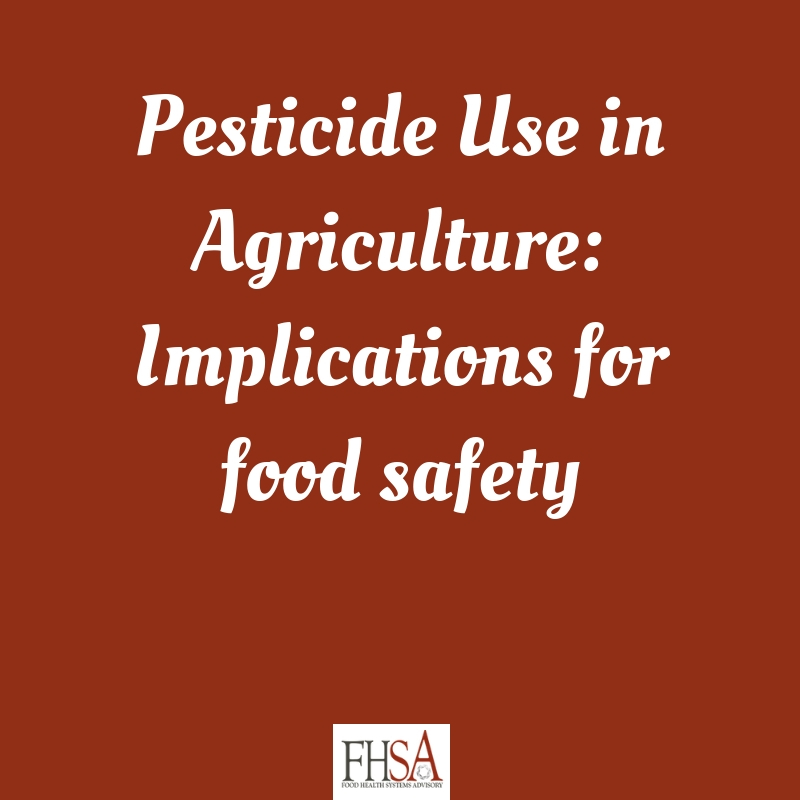Pesticide Use in Agriculture: Implications for food safety
Pesticide use in agriculture is a very old practice that dates as far back as 2000 BC. Elemental Sulphur dusting was the first known pesticide, used about 4,500 years ago in ancient Mesopotamia [1]. Since the use of pesticide generally enhances yield, increasing demand for food has led to the use of higher, and often uncontrolled, volumes of pesticides in food production especially in developing economies. Unfortunately, due to inadequate training and monitoring, many pesticide users are unaware of the implications of improper use of these potentially harmful chemicals and its overall impact on food safety. Meanwhile, in vitro studies have continually revealed the toxicity of many pesticides including their possible roles in the development of cancer in humans. The discovery of this risk factor has led to several bans in many countries including Nigeria.
This article provides answers to some important questions regarding the use of pesticides in agriculture with focus on its implications for food safety. Some of these questions include: What types of pesticides exist? What foods are they used on and what are the health impacts of such uses? What pesticides are banned, restricted or permitted for use locally and internationally? What levels of pesticide residues are typically found in foods? What maximum residue limits (MRLs) exist for pesticides used in/on food crops?
- Pandya IY. Pesticides and Their Applications in Agriculture. Asian Journal of Applied Science and Technology. 2018 May 2(2) 894 – 900
Download Full Article



